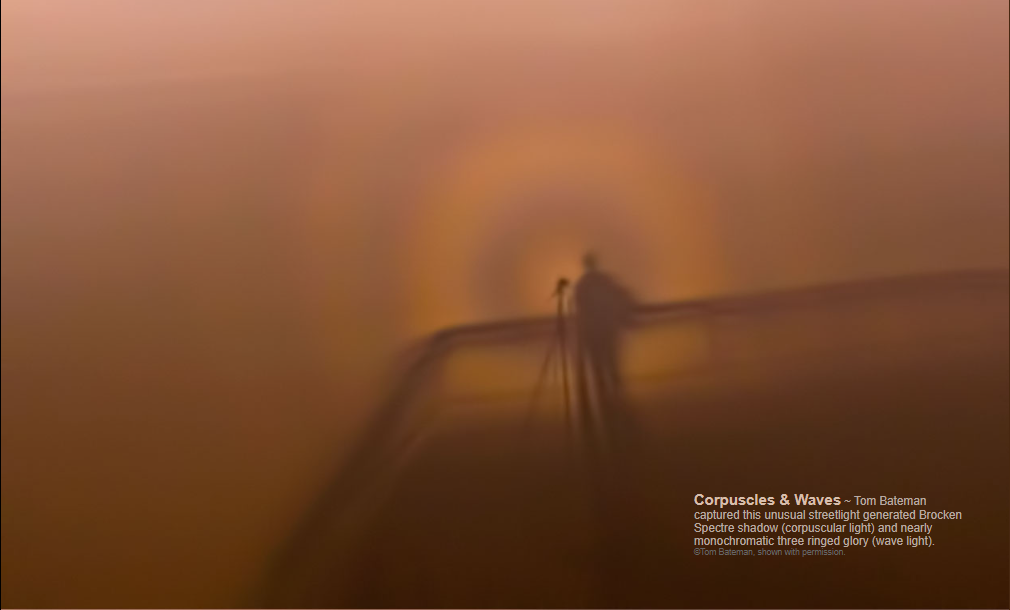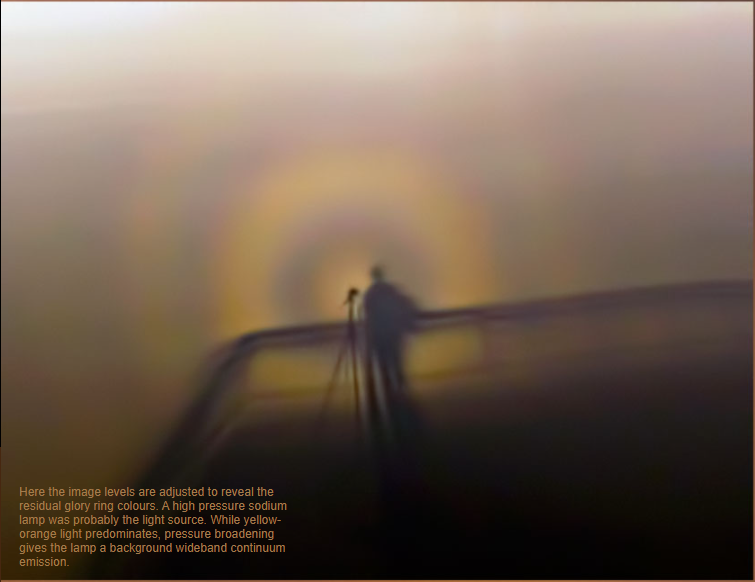OPOD - Corpuscles & Waves
OPOD - Corpuscles & Waves: Exploring the Dual Nature of Light
Light, the fundamental source of our vision, has long captivated scientists and philosophers alike. In the 17th century, a heated debate ensued regarding the nature of light, leading to two rival hypotheses: Isaac Newton's corpuscular theory and the wave theory proposed by various scientists, including Francesco Grimaldi, Robert Hooke, and Christiaan Huygens. While Newton championed the idea that light consisted of particles or corpuscles, others argued that it behaved as a wave.
Fast forward to today, and we now know that light exhibits both particle-like and wave-like properties, a concept known as the duality of light. This understanding emerged from advancements in scientific knowledge and experimentation. Diffraction and interference colors, initially observed by Grimaldi and Hooke, laid the foundation for the wave theory of light. On the other hand, Newton's stature and influence meant that his corpuscular hypothesis remained dominant for many years.
However, with the benefit of hindsight, we now recognize that there was no actual conflict between these two perspectives. Light's dual nature stems from its underlying reality, where it can manifest as both particles and waves under different circumstances. This phenomenon is not unique to light; all particles exhibit wave behavior given the right conditions. For example, electron and neutron beam diffraction are routinely used to study molecular and crystal structures.
To illustrate this duality, let's examine an intriguing photograph captured by Tom Bateman. In the image, we see a shadow created by a streetlight, forming a Brocken Spectre (corpuscular light), surrounded by a nearly monochromatic three-ringed glory (wave light). The Brocken Spectre is explainable through the assumption that light consists of streams of particles called photons, traveling in straight lines. However, the glory poses a greater challenge as it can only be explained by invoking wave behavior. This contrast arises from the significant difference in scale: the fog droplets responsible for the glory are close in size to the wavelength of light, allowing diffraction to dominate.
In essence, the corpuscles and waves of light coexist and interact, shaping the phenomena we observe in our environment. The interplay between these two aspects becomes evident when we examine other atmospheric optics phenomena, such as coronas produced by fog. These coronas, like the glory, are a result of light scattering and diffraction processes, demonstrating the interconnected nature of corpuscular and wave behavior.
As we delve deeper into the study of light, we continue to uncover its intricacies and complexities. The duality of light serves as a reminder that our scientific understanding is ever-evolving, requiring us to embrace new perspectives and challenge established beliefs. By acknowledging the dual nature of light, we gain a more comprehensive understanding of the world around us, enabling us to explore and explain the fascinating phenomena that shape our visual experiences.
In conclusion, the corpuscular and wave theories of light, once seen as conflicting viewpoints, are now recognized as complementary aspects of its nature. Light's ability to exhibit both particle-like and wave-like behavior allows for a deeper understanding of atmospheric optics phenomena. Through ongoing research and observation, we continue to unravel the mysteries of light and its impact on our perception of the world.

Corpuscles & Waves ~ Tom Bateman captured this unusual streetlight generated Brocken Spectre shadow (corpuscular light) and nearly monochromatic three ringed glory (wave light).
©Tom Bateman, shown with permission.

Here the image levels are adjusted to reveal the residual glory ring colours. A high pressure sodium lamp was probably the light source. While yellow-orange light predominates, pressure broadening gives the lamp a background wideband continuum emission.
Tom was looking across the St John River at Fredericton, New Brunswick, Canada on 19th May �11. There was mist or fog lying on the river. A distant sodium light behind him cast his shadow through the fog as a Brocken Spectre. The glory surrounds the shadow of his camera. The image is a 30-second exposure, f/3.5, ISO 400, fl = 18mm, Canon Rebel camera.
Our scientific world view is sometimes coloured by reputation and authority. The 17th Century saw rival hypotheses on the nature of light. To grossly oversimplify the scientific fervour and networking of Europe at those times, there was Isaac Newton�s (1642-1727) concept that light consisted of corpuscles or particles and the opposing view that light was a wave motion.
Diffraction and interference colours were already known by Francesco Grimaldi (1618-1663) and Robert Hooke (1635-1703 ) who proposed �every pulse or vibration of the luminous body will generate a sphere� � the beginning of wave theory. Wave concepts were further developed by Christiaan Huygens (1629-1695). It took quite some contortions to attempt to explain diffraction using corpuscles. In spite of these difficulties Newton�s stature was such that the corpuscular hypothesis remained dominant for decades.
With the considerable benefit of hindsight there was actually no conflict because light has particle and wavelike aspects, both manifestations of a deeper reality. All particles show wave behaviour under appropriate conditions, for example electron and neutron beam diffraction are routine tools to probe molecular and crystal structures.
Tom�s image neatly illustrates light�s duality. The sharp shadows making the Brocken Spectre are fully explainable by assuming streams of photons travelling in straight lines. The glory can only be explained � and even then with much difficulty! � by invoking wave behaviour. The differences arise from the very considerable differences in scale. The fog droplets producing the glory are not much larger than the wavelength of the light and diffraction rules the day. The figure is a million times larger and whilst diffraction still occurs it requires a special look to find it.

A view towards the bright lamps. The fog has produced a corona around each. The corona and glory are part of the same light scattering and diffraction process.
Note: this article has been automatically converted from the old site and may not appear as intended. You can find the original article here.
Reference Atmospheric Optics
If you use any of the definitions, information, or data presented on Atmospheric Optics, please copy the link or reference below to properly credit us as the reference source. Thank you!
-
<a href="https://atoptics.co.uk/blog/opod-corpuscles-waves/">OPOD - Corpuscles & Waves</a>
-
"OPOD - Corpuscles & Waves". Atmospheric Optics. Accessed on November 26, 2024. https://atoptics.co.uk/blog/opod-corpuscles-waves/.
-
"OPOD - Corpuscles & Waves". Atmospheric Optics, https://atoptics.co.uk/blog/opod-corpuscles-waves/. Accessed 26 November, 2024
-
OPOD - Corpuscles & Waves. Atmospheric Optics. Retrieved from https://atoptics.co.uk/blog/opod-corpuscles-waves/.